Elevated legs inflammation can occur due to many causes. They affect the fabric of the limbs in both newborns and middle -aged people. This disease can also manifest itself against the background of related ailments, because according to statistics, about 15% of the population of the planet are carriers of infection, which provokes the progression of the disease.
Content
In order to understand how to treat the face correctly and which specialist to turn to, we will consider the symptoms, the causes of inflammation, as well as the main recipes for traditional medicine, with which our ancestors were treated.
Elevated foot inflammation: symptoms and signs
Elendy inflammation of the skin of the legs is characterized not only by the aesthetic type of skin of the lower extremities, but also by unpleasant sensations that affect the functioning of all body systems and the general condition of a person. The main symptoms of faces include:
- A feeling of general weakness.
- Fever.
- Nausea.
- Vomit.
- Pain in the muscles.
- Lack of appetite.
- Increased body temperature.
- Spasms and cramps in the muscles.
- Swelling and redness of the skin.
Many people wonder: "Ek -free foot inflammation - is contagious or not?" If the disease proceeds in the acute phase, then there is a high probability of transmission of streptococcal infection to other people. Therefore, it is necessary to avoid close contact with infected, as well as use protective equipment for their own skin in the process of caring for the patient. Infection becomes possible because bacteria can affect the healthy tissues of the body through microscopic tears and cracks in the skin, which almost everyone has.
In order to determine what the erysipeic inflammation on the leg looks like, it is necessary to determine the form of the disease. There are 4 degrees of progression of faces:
- Erythematous (with it, the skin is covered with a crust with a red shade, which can also provoke peeling, while the affected areas have clear edges).
- Erythematous-bully (it is characterized by the formation of bubbles with liquid inside, and the formation of erosion is also possible).
- Bullet-hemorrhagic (bubbles are also formed at this stage, but they are filled with discharge with blood).
- Erythematous-hemorrhagic (characterized by the presence of skin changes with a violet tint due to hemorrhage in deep layers).
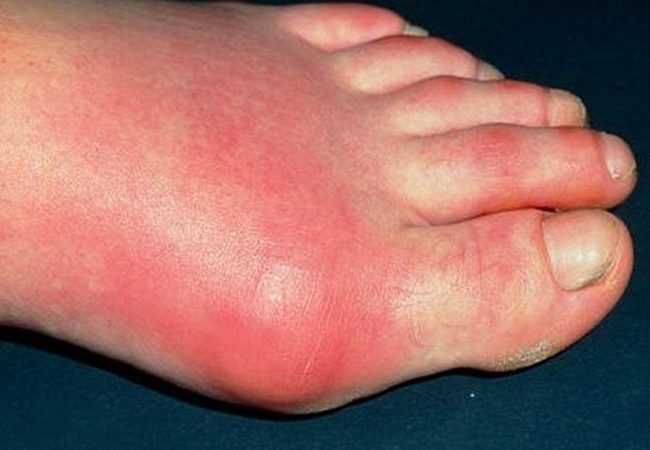
A characteristic fact is that at the first two stages of the disease, the progression process can be stopped when using drug therapy.
In general, erysipelas have such degrees of progression:
- Simple (body temperature does not exceed 39 degrees; patients distinguish weakness, as well as non -cabinal changes in the skin).
- The average (a person feels all the symptoms of the disease for a long time).
- Severe (except for the main signs of mental disorders).
- Relapses (with a second disease for 2 years after the previous course of treatment).
Causes of erysipelas
Elevated inflammation appears due to the ingestion of streptococcal infection. After infection, a person may not guess that these bacteria are present in his body. However, due to various factors, the disease can progress rapidly. The progression process can launch:
- Stress.
- Emotional instability.
- Skin diseases.
- Violations of the integrity of the integration.
- Reception of sunbathing.
- Hypothermia of the body.
- Reduced immunity.
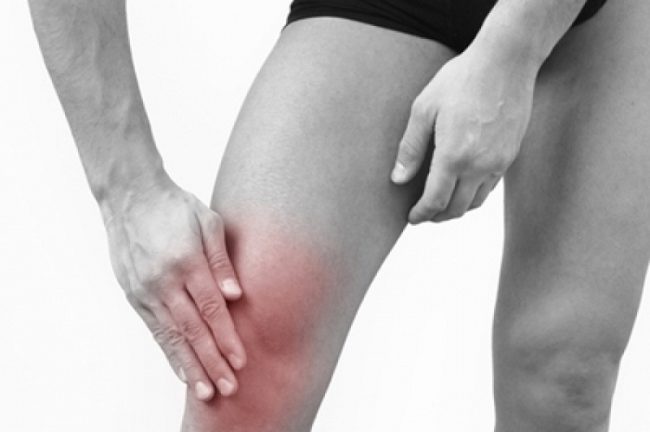
There is also a chance to get higher in those people who have concomitant diseases:
- Varicose veins.
- Excess weight.
- Diabetes.
- Pathologies of lymph circulation.
- Blood circulation disorders.
- The fungus of the feet.
- Alcoholism.
- Pathologies of metabolism and outflow of lymph.
How to treat erysipelas on the leg?
If the disease is suspected, many of us ask the question: “Which doctor treats the erysipelas of the leg?” If a number of characteristic symptoms are found, you should visit:
- Therapist.
- Infectious disease specialist.
- Dermatologist.
- Surgeon.
The last specialist should only contact if there is a relapse of the disease, and also if the patient did not make an attempt to get rid of the disease for a long time.
The treatment of erysipelas on the leg lies in a number of procedures aimed at improving the general state of health, as well as the destruction of streptococcal infection in the body. Therapy consists of:
- Taking medications of different spectrums.
- Physiotherapeutic methods.
- Use of various local preparations.
- Surgical intervention (in advanced cases of the disease).
The treatment of erysipelas of the leg can take place:
- At home.
- On a stationary person in the infectious department.
- In a semi -stationary (if necessary, physiotherapeutic procedures).

Drug therapy consists in the use of several types of drugs:
- Antibiotics.
- General strengthening drugs.
- Homeopathic.
- Pharmaceuticals aimed at getting rid of concomitant diseases.
- Ointments and creams that help restore the integrity of the skin.
- Antiseptic drugs of local use.
Antibiotics with erysipelas of leg inflammation, like antiseptic drugs, are aimed at struggle the body with streptococcal infection. They can be administered intravenously, as well as orally. Most often appointed:
- Azithromycin.
- Erythromycin.
- Owls.
- Bicillin.
- Cofuroxim.
- Rifampicin.
- Ciprofloxacin.
- Macox.
- Penicillin.
- Cephasolin.
- Furazolidone.
- Ceftazim.
- Basilpenicelin.
The ointment from erysipelas of the leg has a beneficial effect on the restoration of the integrity of the skin, and also eliminates the person from infection in the application of application. Among the most effective tools, they distinguish:
- Tetracycline ointment.
- Erythromycin.
- Naphthala.
- Irukol.
- Levomekol.
As a physiotherapeutic nature, they use:
- Laser therapy.
- Ultraviolet radiation.
- The effect of high frequency currents.
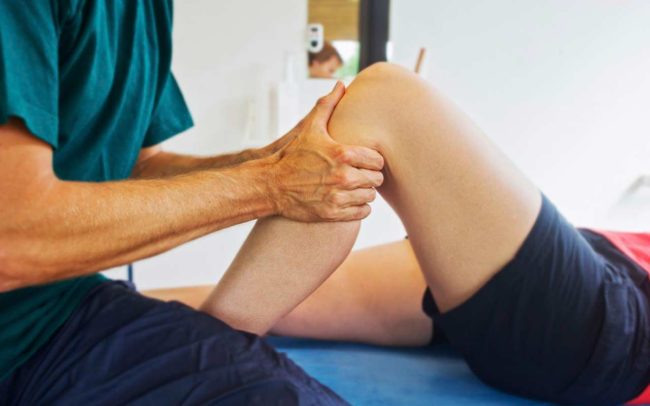
The specialist selects the course of treatment, as well as methods and drugs, depending on the degree of progression of the disease.
With erysiary inflammation of the leg, you can:
- Use compresses.
- Take a shower without the use of cosmetics.
- Use a bandage, but do not wrap your leg tightly.
- Apply traditional medicine in combination with drug treatment.
- Use ointments and creams, but do not rub them into the affected areas of the limb.
Erysipelas of foot inflammation: folk remedies
With erysipelas, it is effective to use compresses. Our ancestors used a number of natural components rich in microelements and minerals. For treatment, it is recommended to use a compress made of sour cream and coltsfoot:
- To prepare it, you need to take fresh leaves of the plant.
- They are plentifully applied to them.
- Apply to the leg.
- Loosely fixed with a bandage.
- You need to change the compress at least 4 times a day.
The use of cabbage will also help:
- The leaves of the vegetable must be finely chopped.
- After the vegetable triggers the juice, cabbage must be put on the leg.
- The compress is fixed with a sterile bandage and wrapped with a shade.
- This procedure is recommended to be carried out at night.
An equally popular tool is the use of tincture of hemorrhage. To use it, you need to adhere to the following rules:
- For 90 ml of warm water, 1 tbsp. l. Tinctures.
- After mixing the ingredients in this solution, gauze is moistened.
- It is recommended to use a mixture for rubbing.
One of the most proven methods of treating erysipelas is the use of red tissue. This process is carried out in the following sequence:
- Mel must be chopped to the consistency of the powder.
- Red fabric from natural cotton must be sprinkled with chalk.
- The compress needs to be changed every 3 hours.

Also effectively rinse the affected leg with decoctions of natural plants. The most useful are:
- Nettle leaves.
- Aira root.
- Chamomile color.
- Solo.
- Eucalyptus leaves.
- Yarrow.
- Cottonweed.
These herbs can be used separately, or by mixing the components in equal parts independently.
In the absence of contraindications, the use of natural ointment is allowed. For its preparation, the following components are necessary:
- Olive oil - 1 cup.
- Bee wax - 100 g.
- Coniferous resin (cedar spruce, pine, cypress) - 100 g.
- Honey - 60 g.
- Propolis - 2 g.
The cooking process consists of several stages:
- The coniferous resin is crushed to the consistency of the powder.
- Olive oil, bee wax and resin need to be combined.
- All ingredients are boiled for 10 minutes. In a water bath.
- After time, you need to add honey and continue the process in the steam bath.
- Next, it is necessary to put propolis and boil the same amount of time.
- After the mixture is removed from the water bath, it is necessary to cool it.
- Next, it is poured into a container of glass and stored in a cool dark place.
- You need to use the ointment from 1 to 2 weeks twice a day using a sterile bandage.
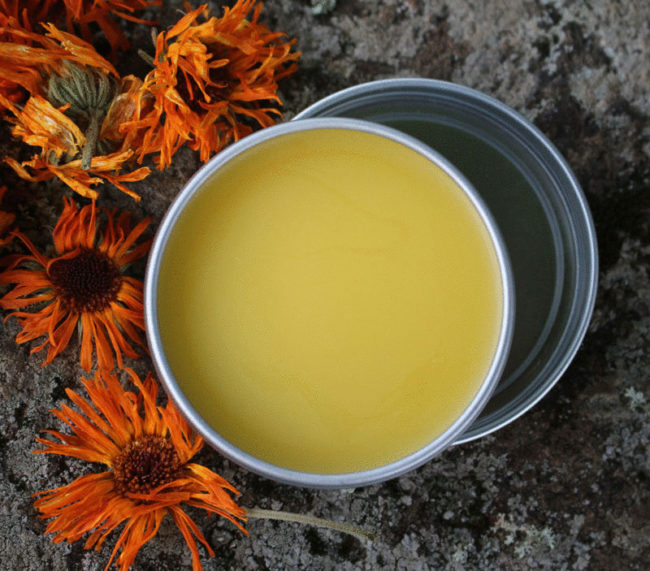
Before using any means of traditional medicine, it is necessary to consult your doctor. Indeed, depending on the progression of the disease, not all methods can benefit.
The consequences of the native inflammation of the legs
Elevated foot inflammation, like other diseases, can have complications. Among the most frequent consequences of the transfer of the disease are distinguished:
- Necrosis of the skin.
- Development of abscesses.
- The appearance of phlegmon.
- Blutings formation.
- Periadenitis.
Often, edema may occur after the exerted erysite inflammation of the leg. This symptom is a consequence of the appearance of thrombophlebitis after getting rid of the disease. In order to get rid of fluid retention in tissues, it is recommended to use compresses from:
- Nettle.
- Sage.
- Bide.
- Birch leaves.
- Chamomile color.
- Plantain leaves.
- Black elderberry berries.
- Yarrow.
- St. John's wort.
As a prevention of complications after the disease, the following recommendations should adhere to:
- Use elastic bandages for dressings, which tightly fix the position of the leg and prevent the development of thrombophlebitis.
- Every day wear things from compression knitwear (golfs, leggings, leggings).
- Maximize the amount of salt consumption.
- Refuse semi -finished products.
- Use drugs with a diuretic effect.
- It is useful to undergo a course of lymphatic drainage massage.
- After restoring the body, in the absence of contraindications and with the consent of the doctor, it is worth visiting the sauna to get rid of excessive fluid in the body.
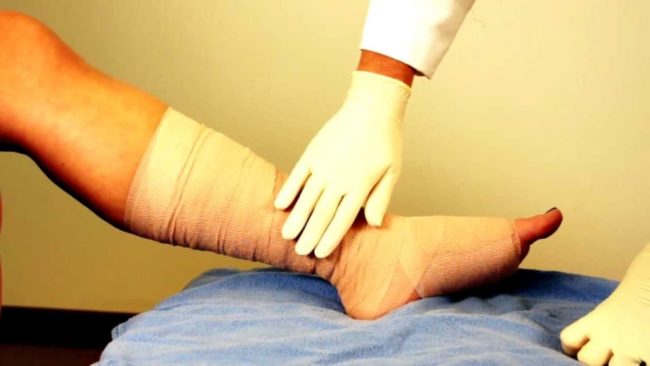
As preventive methods aimed at excluding the chance of infection with streptococcal infection, the following are distinguished:
- Have personal hygiene products.
- Do not overcool the lower limbs.
- Timely treat corns, fungal diseases and corns.
- Use antiseptic drugs for violations of the integrity of the cover.
- Eliminate the focus of streptococcal infection in the body
- Get rid or regularly monitor chronic concomitant diseases ..
- Maintain immunity.
- Change socks regularly and try not to wet your legs during the day.
If during the first 2 years after treatment the erysipelas attacked your body again, then this is a relapse of the disease. In order to get rid of this ailment, you need:
- Exclude stress and factors provoking it.
- Avoid psychological tension.
- Alternate mental stress with a vacation.
- Engage in gentle sports (walking, yoga).
- Avoid injuries.

With timely treatment and complex therapy, erysipelas can be cured over a short period of time. However, in case of suspicion of this disease, it is necessary to consult a professional, because independent treatment methods can lead to more serious consequences that can threaten not only your health, but also life.









Comments
a couple of years ago, there was no side of metrogils from the same problem, there were no side effects ...
I’m not a fan of peeling at all, it saves from acne of metrogil, it also smoothes it ...
Great article! ...
I take the second course of the Capsules Climafite 911. The tides went very quickly. It became calmer, irritability went away and I sleep well ...
i also noticed - it is worth nervous, everything immediately affects the face. Therefore, I try to avoid conflicts and unpleasant people. Of the creams, I like Miaflow from wrinkles - smoothes not only small wrinkles ...